“Kommt Zeit, kommt Rat.”
[old German proverb]
“Kommt Zeit, kommt Art.”
[old Jochen birding proverb]
May 2005 was a very good month for me. Why? Oh, because I got to spent the entire month birding around the Great Lakes, and how cool is that!?
May + Birder from Overseas + time to bird = birding frenzy at Point Pelee, Rondeau PP and Whitefish Point
A simple enough equation. And finally having a go at seeing hordes of wood-warblers was certainly a chance I was not going to let go to waste. This was the first time I was confronted with them in earnest, and one warbler was as good as the other at the onset, when everything was new. Soon enough though, I learned to distinguish between the common and the scarce, the ground dwellers and canopy hoppers, the bold and the secretive.
And I had eventually learned the genus “Oporornis” by heart sooner than “Dendroica“. Why? Oh, because my growing list was increasingly complete regarding Dendroicas, yet the few gaps that remained were characterized by those near-mystic, secretive, elusive, shape-shifting, time-and-space travelling, birder-avoiding little masters of invisibility that are the Oporornis warblers.
But I was there to fight. And fight I did.
In the end, I managed to encounter all of the regular eastern warblers except Swainson’s (no big surprise) and Yellow-throated Warbler (missed on several occasions by a few hours). And I mostly managed to find them myself, at which I looked with a certain degree of pride.
And one of the proudest moments was finding myself a Kentucky Warbler at Point Pelee.
I had been the first birder to enter the park – the first again, as on all the other days, a pole position easily defended by sleeping (barely, uneasily) in the car a few hundred metres away from the gate.
I had decided to start the day at the Woodland Nature Trail for reasons I can’t remember, but that were apparently well-chosen. It was a drab and cloudy morning if memory serves me right, or it was just so long before sunrise that the forest was still dark, drab, and gloomy. No bird activity whatsoever made for a swift and silent advance along the trail. The trees and bushes were still largely missing their summer leaves, yet the forest floor was completely covered in knee-high herbaceous vegetation that formed a “canopy”, pierced only by numerous dead branches and fallen twigs. Somewhere in the distance, a band was playing “Eye of the Tiger”.
Pelee’s Woodland Nature Trail in May 2007. The scene in 2005 was much like it, but with less shrubs, less blue sky and much less sunlight. You may want to put on shades viewing it to get into the right mood for the first part of this post.
And then it happened! Five or six metres away to the left of the path (look, this was in Canada, in the US it would have been around 15 to 20 feet), a small bird hopped up from underneath the ground vegetation onto a dead twig right in front of me.
Greenish above – yellow below – shortish tail with fluffed-up undertail coverts, head appearing rather large and round due to a raised “crest” – yellow eye stripe, black Bismarck moustache
I stopped in my tracks, rooted to the spot as if my legs had turned into oak trees. There was no possibility of being mistaken:
I. had. found. a. Kentucky. Warbler.
Meanwhile, the bird hopped down again under the sheltering umbrella of the ground vegetation, never to be seen again that day. Neither by me, nor by others who tried to chase it after my reporting it at the Information Centre later that morning. The incident lasted for about a second, I reckon. Maybe a bit more, maybe a bit less. It was a glimpse, a flash, a bolt of lightening that burned the image of an alarmed Kentucky Warbler onto my retina and forever into my brain. The distant band was now playing “We are the Champions”.
Sometimes, the place life falls into is rather pleasant, and it was with much delight that I found myself back in North America from October 2006 until September 2007, again at the Great Lakes, but with a possibility to bird around Missouri’s Saint Louis in late July. And I had warblers on my mind (mostly Yellow-throateds though, as can be surmised from my account above).
One of the most interesting places for birding around Saint Louis is Shaw Nature Reserve near Gray Summit, to the West of the city. It has some very fine forests along the Meramec River, and my expectations were high as I descended the steep slope towards the river. I wanted Worm-eating. And Prothonotary. And Yellow-throated.
Somewhere in the distance, a band was playing Queen’s “I want it all”.
Looking onto the haunts of southern wood-warblers at Shaw Nature Reserve, from the heights where Chats and Blue Grosbeaks roam (not a bad place, ey?)
And then it happened! 15 to 20 feet away to the right of the path (look, this was in the US, in Canada it would have been five or six metres), a small bird hopped up from underneath the ground vegetation onto a dead twig right in front of me. It started scolding me. And it took its time scolding me. Scolding is best done out in the open. And this is what the bird did, for minutes with no vegetation or cover of any kind between me and its scolding. And it was a Kentucky Warbler. And then two.
I looked, took pictures, looked again, tried to regain breath and normal heart beat frequency, looked, took pictures. Then I moved on.
And then it happened! 15 to 20 feet away to the left of the path, a small bird hopped up from underneath the ground vegetation onto a dead twig right in front of me. And it was a Kentucky Warbler. It started scolding me. I looked, took pictures, looked again, scratched my head and started to wonder. Then I moved on.
And then it happened! Again, and again, and again. After about an hour in the forest, I estimated that I had seen around 10 Kentucky Warblers along less than half a mile of the trail. And by seen I don’t mean a bolt of lightening that burned the image of an alarmed Kentucky Warbler onto my retina and forever into my brain. “Seen” in this context means front-seat looks like the ones one gets at Ring-billed Gulls after tossing a king-sized portion of freedom fries onto the car’s hood at a McDonald’s parking lot.
This surprised me, and delighted me. Somewhere in the distance, a band called it a day, sat down and opened a few cold beers.
The following pictures are the results of the events described above. They are not what they should be considering the circumstances, but I hope they will still satisfy and reward you after you’ve made it through such a lengthy post.
Good birds come to those who wait – and good views come to those who try again.
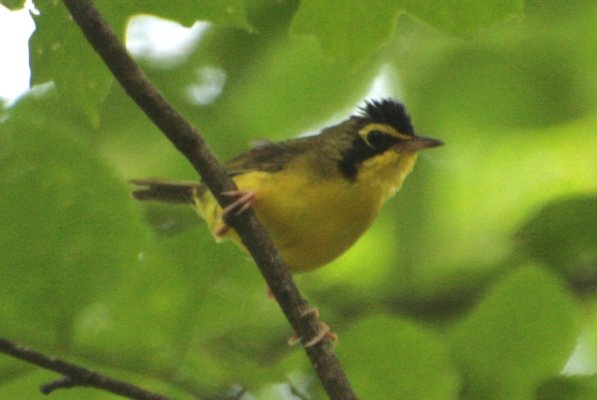
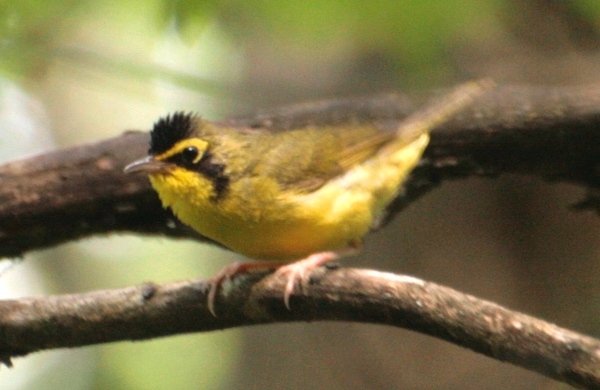
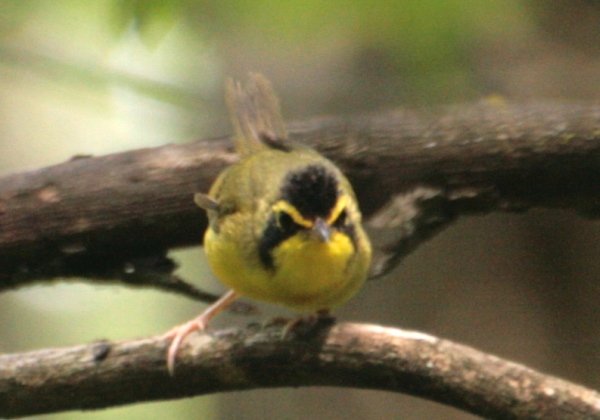
————————————————————————————————————————————————
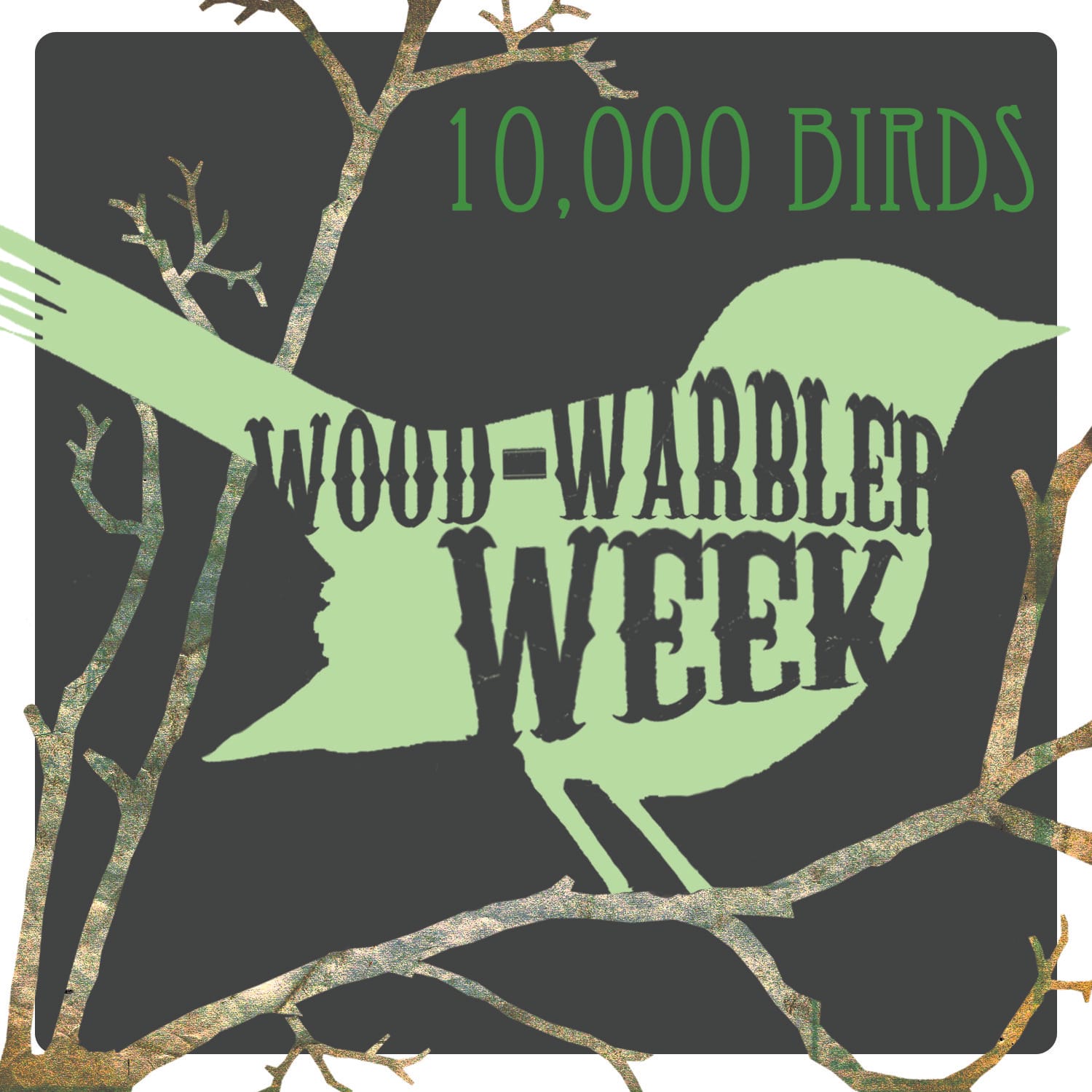 This week, 8 May – 14 May 2011, is Wood-Warbler Week on 10,000 Birds! Though wood-warblers, the mostly brightly colored birds of the family Parulidae, are only found in the New World we felt that birders the world over would be pleased to see a plethora of posts about these striking and sought after species. We are devoting a whole week to wood-warblers but are only just barely scratching the surface of possible topics involving this amazing family of birds.
This week, 8 May – 14 May 2011, is Wood-Warbler Week on 10,000 Birds! Though wood-warblers, the mostly brightly colored birds of the family Parulidae, are only found in the New World we felt that birders the world over would be pleased to see a plethora of posts about these striking and sought after species. We are devoting a whole week to wood-warblers but are only just barely scratching the surface of possible topics involving this amazing family of birds.
Right now great flocks of wood-warblers are making their way north from the southern United States, Mexico, the Caribbean, Central and South America to breed across the United States and Canada. Many other non-migratory wood-warbler species are living their lives across the neotropics, doing their best to survive and pass on their genes. Wood-Warbler Week is a celebration of all wood-warblers and we hope you join us in celebrating these absolutely wonderful birds. Read about them here but also get out and experience them. You won’t regret it!
————————————————————————————————————————————————



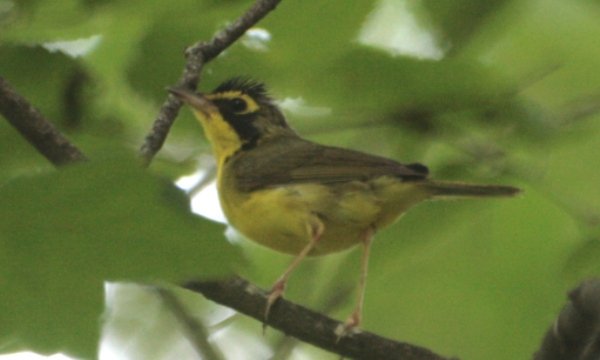
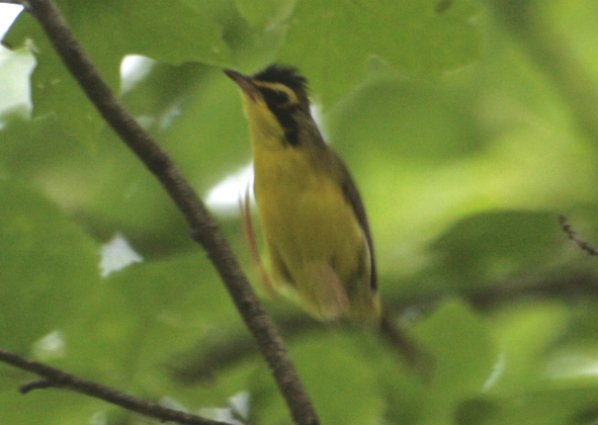
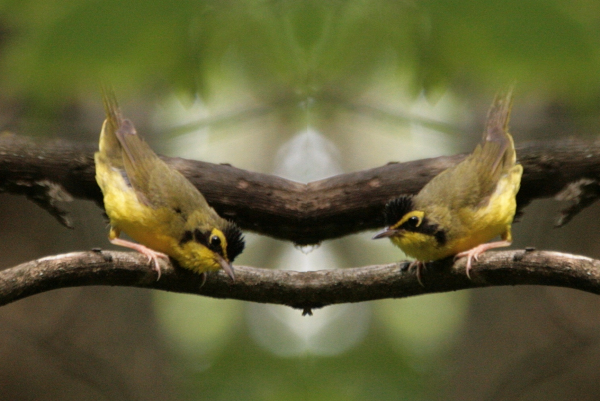
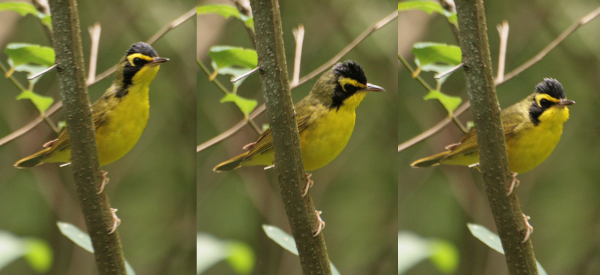
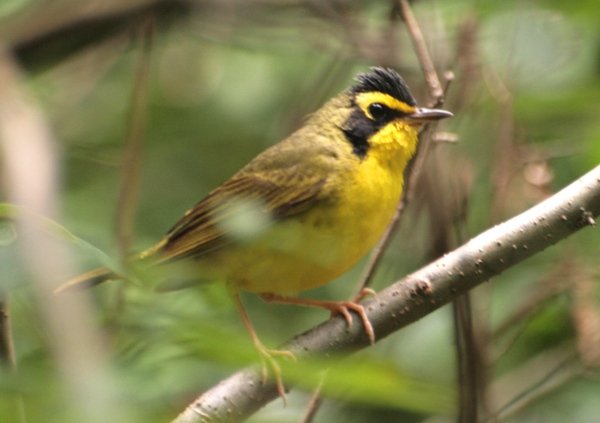











Kommt Zeit, kommt Waldsänger.
Ha!
I wish that was the case here for Germany as well. Sadly, those who make it across the Atlantic make landfall on the British Isles or western France and scarcely ever move on East. I think we only have one or two species on our German list (intriguingly, we have almost all of the Catharus thrushes – except Bicknell’s). But I really feel that after providing four posts for wood-warbler week, the powers of the birding world should send me a Waldsänger – kommt Zeit, kommt Waldsänger!
Cheers!!!